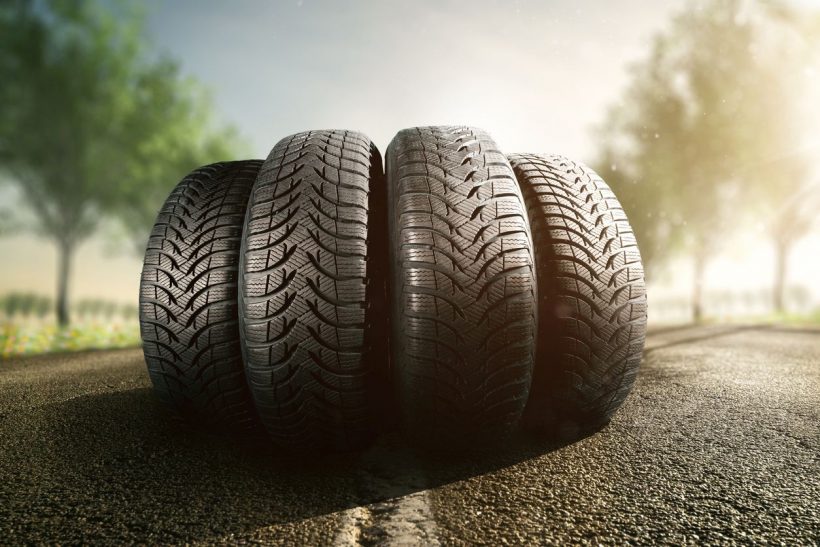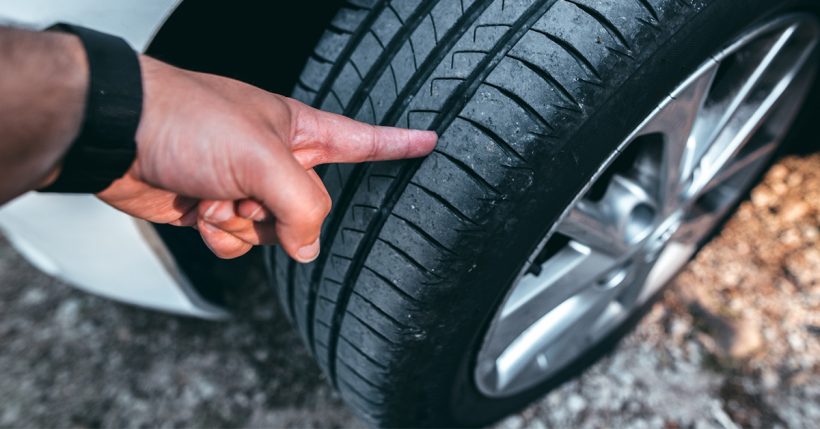Tires are an integral part of any vehicle. However, they are often one of the more overlooked aspects, from maintenance to cleaning to general thought. The body of the car is usually soaking up all the TLC, while the car’s engine and alternator are constantly being checked for irregularities and efficiency. As long as the tires are working properly, they often go unnoticed. However, having an understanding of your tires and how they are formed may allow you to have a greater appreciation for them, while also helping you ensure they are in peak condition.
The treads are one of the most integral elements of your tires. Properly cared for and monitored, good treads can make all the difference in your driving experience. Visiting websites like goodtirecalgary.ca can give you more insight as to the quality of your treads, while connecting you with professionals who can confirm their condition. Understanding the role your treads play can greatly impact the safety of you, your car, and everyone else on the road. In the meantime, let’s explore the purpose of treads and why including them in your tires is so essential.
What are tire treads?

The tread on your tire are all the rubber grooves, patterns, knobs, and shapes that interact with the ground as you drive. The elements of your tread include tread blocks or tread lugs, tread grooves, tread voids, and wear bars, as well as any additional special features such as rain grooves and siping. The tread spans the entirety of the tire surface from shoulder to shoulder until it meets with the sidewall. The sidewall is the smooth area on the side of the tire which is marked with the tire size, type, width, and other factors.
Why do tires have treads?
Treads are included on tires for the primary purpose of your safety and your vehicle’s stability. Tread voids provide the tire with traction by enabling tread blocks to move and flex as the tires grip the road. This can be particularly useful when the ground is wet. Without treads, water can come between the tires and the road’s surface, causing the driver to lose traction and hydroplane. Tread patterns are designed to displace water so that the water doesn’t become a barrier and cause the tires and road to lose contact. A similar method is used during the winter, preventing snow from sliding between the tire and the road.
Tire treads also benefit you when driving on drier terrains as well, such as on dirt, sand, or mud. The patterns in the tread allow the tire to better grip the ground, allowing for a safer and more secure driving experience.
How does tire depth factor in?

Tread depth is the vertical measurement from the top of the tire’s rubber to the bottom of the tire’s deepest grooves. As time goes on, all the driving you do will begin to wear down the rubber of your tires, and therefore, wear down the tread. This makes your tires less effective at gripping the road and makes your driving experience a little less stable. If you go too long without replacing your tires, the tread could essentially become ineffective and unable to provide any grip, thus making your car unsafe to drive. Fortunately, it’s fairly simple to determine on your own how much tread you have left on your tires.
The first and easiest method is by slipping a quarter into the tread of your tires. With the nose of the caribou pointing down into the tread, a good tread should be able to cover the entirety of its head. If you’re able to see the caribou’s nose, now would be a good time to look at having your tires inspected and potentially changed.
The second method is dependent on the type of tires you have. Some actually have tread wear indicators built into them. These raised bars are moulded into the grooves of the tread; if they are wearing out, then it’s time to get your tires looked at.
The third method is to simply use a tire tread depth gauge. These can be picked up at many gas stations and stores that carry equipment for car maintenance. Some people prefer to keep it in their glove box for convenience and accessibility, similar to that of a tire pressure gauge.
The depth of your tread is important, as it provides you better traction and decreases the risk of punctures, thanks to the thicker rubber.
Do treads differ between summer and winter tires?

Treads do differ between summer and winter tires to account for the snow on the ground. Snow tires will have a tread design with larger gaps than summer tires, increasing traction on snow and ice. Such tires often are required to pass a traction performance test, which will be indicated on the tire’s sidewall. Some additional attributes that distinguish winter tires from summer ones include:
- Shoulder blocks, a specialized tread design at the outside of the tire tread to increase friction
- Hydrophilic rubber compounds that improve friction on wet surfaces
- Additional siping (thin slits in the rubber) to provide more biting edges and friction
- A narrower aspect ratio between the diameter of the tire and the tread width to minimize resistance when plowing through the snow
Summer tires do not have such concerns, so their treads are closer together to better grip the road’s surface, dirt, and gravel.
All-season tires are the middle ground between winter and summer tires. Their tread gaps are larger than the conventional summer tires but smaller than winter ones.
Taking the time to understand how your tire treads work and how it enhances the safety of your vehicle will allow you to better maintain and be mindful of your treads. If you’re ever unsure about the quality or soundness of your treads, don’t hesitate to bring your car to a car shop. It’s better to be cautious than to be stuck with bald tires in the middle of winter.

